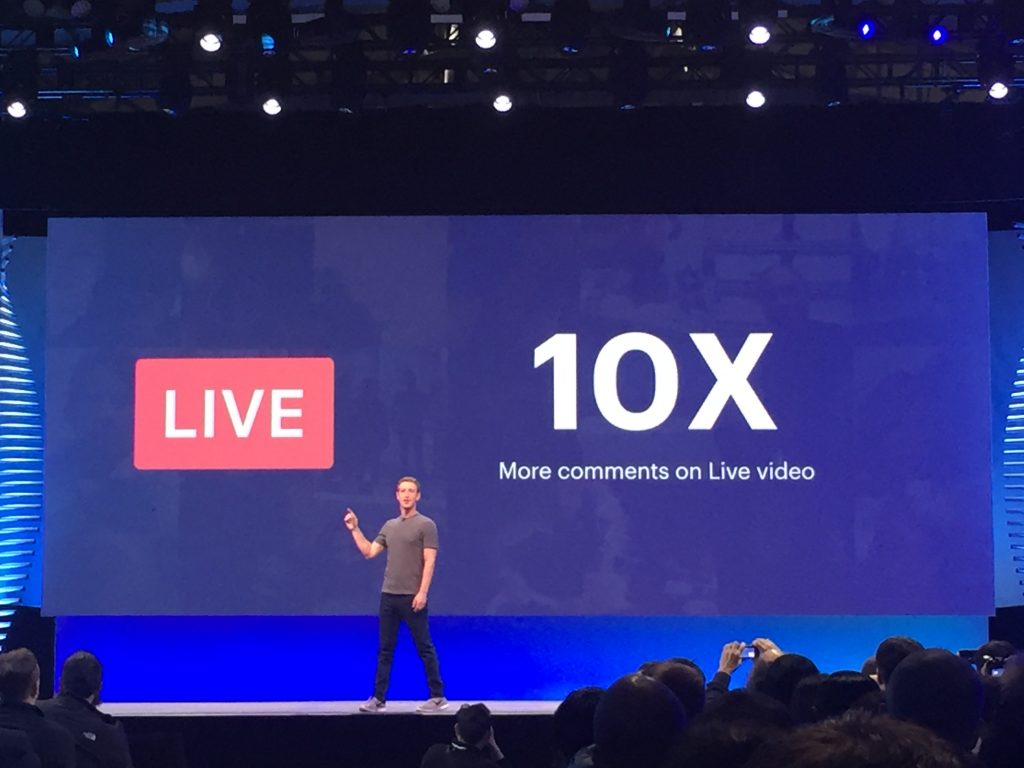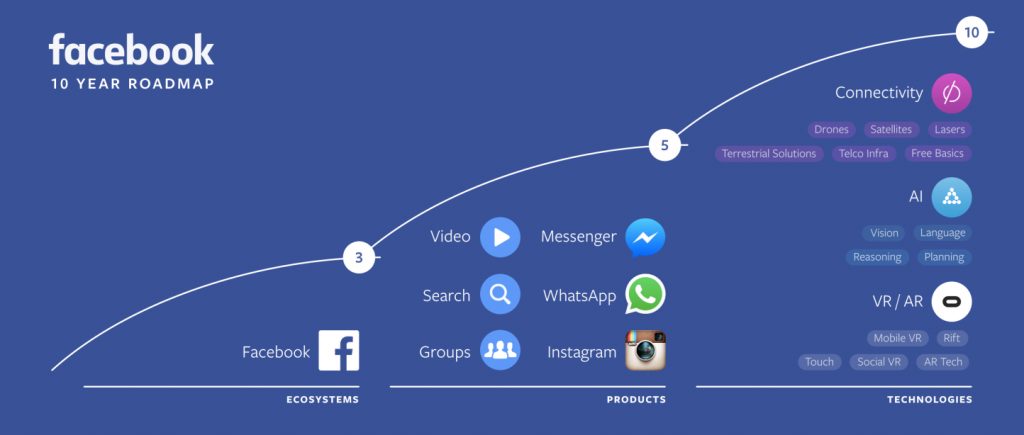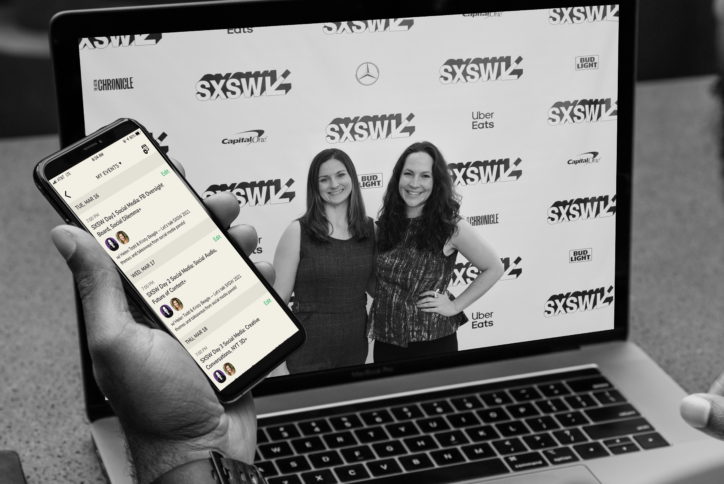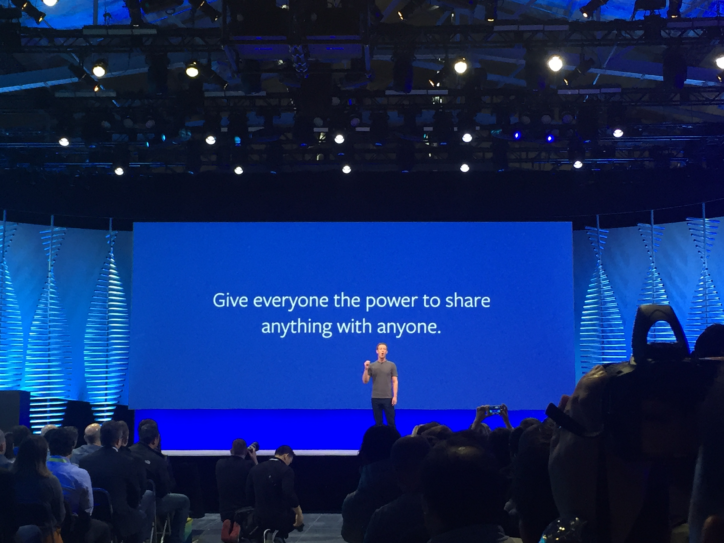Facebook released their biggest announcement so far this year along with their 2016 Q2 earnings report: Facebook is moving to be a video-first company. This is the largest pivot since the company’s 2012 mobile-first strategy. It’s time to get on the video content bandwagon if you’re not already.
News Feed
On September 5, Facebook celebrated News Feed’s 10th birthday! We think about the News Feed a lot, and it has come a long way in the past decade. One thing that hasn’t changed is Facebook’s core objective to keep its users engaged. Every algorithm change is tested to see what will get users to spend more time on Facebook. Without a doubt, video is becoming a main magnet to engage users.
In fact, Facebook reports that each day on average 100 million hours of video are watched on its platform, and they’re estimating that mobile video will account for 75% of total mobile data traffic by 2020.
At S2, we’re constantly testing to see what optimization techniques we can employ to get the widest distribution and shelf life of content in the News Feed. Yes, Facebook is moving more to a pay-to-play model due to how crowded and competitive the space has become, but good content still rules and can help you get more organic reach. More than ever this year, we see video performing better on Facebook for our clients. It’s not surprising though if you look at mobile adaption, content trends, and Facebook’s own investments.
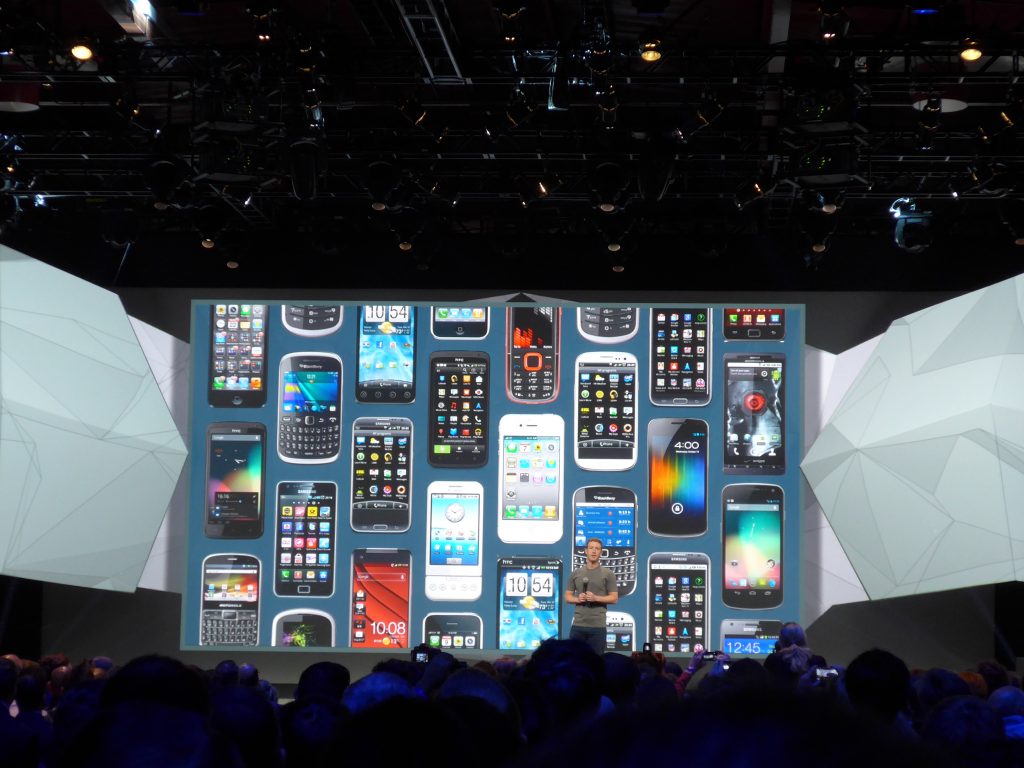
A Look Back
We knew mobile was coming. Back in 2009 Jonathan Rosenberg, who is SVP of Product Management at Google, wrote From the height of this place (which is still one of my favorite blog posts about the internet)! In it he predicted, “Every fellow citizen of the world will have in his or her pocket the ability to access the world’s information.” He was right. The world is moving towards this narrative, and mobile internet penetration is forecasted to reach 71% as early as 2019.
When mobile was still on the rise in 2012, Facebook made a pivotal turn: They announced that they were going to be a mobile-first company after putting all of their eggs in the desktop basket since its onset. This was a big sign that mobile wasn’t just coming – it had arrived.
For Facebook this meant they had to shift from HTML5 and build native Facebook apps for iOS and Android. While “mobile-first” is now synonymous with the internet, it wasn’t four years ago. If you’re not optimized for mobile today, you’re already behind.
With the meteoric rise of mobile comes new user-behavior and implications. Questions have arisen about apps versus browsers or voice command versus touch. What’s interesting is that to some people who ONLY access their mobile phones, Facebook is the internet. Regardless, Facebook is dominating our time taking on average 50 minutes of our day.
What we do know is that as screens have gotten smaller and feeds still serve us up content, video and images play an important role in what we see and consume. It makes sense given the unique experience of how we interact with our beloved mobile devices that never leave our sides.
Video, Video, Video!
The iPhone 7 is coming with a better camera and video capture. This is just one of the multitude of signals of the importance of video. Nicola Mendelsohn, vice president for Facebook in Europe, the Middle East, and Africa, predicts that in five years that Facebook will be all video!
There is a plethora of video options available to produce and consume from GIFs to vertical video to streaming video. In just the past year or so, we’ve seen Facebook release a multitude of video products ranging from 360 video to Live Video to Canvas, their current answer to vertical video. More recently they’ve also given publishers and users tools to make videos even easier. Slideshow is one example where Facebook will string together a few still images and create a video on behalf of a Page publisher.
We’re seeing the rise of vertical video with Snapchat. AdWeek shared that advertisers on Snapchat reported nine times more engagement when their video ads are vertically oriented. Facebook is paying attention to this trend driven by mobile, and I’m sure we’ll see more vertical video products coming from them soon.
Video is here and is the new king queen of content.
Beyond Video: Augmented and Virtual Reality
At this year’s F8, Mark Zuckerberg already gave us a glimpse about what’s coming beyond video: augment and virtual reality. To experience high-quality virtual reality, one must be tethered to a gaming PC, this is going to change and we’re going to see the mergence of AR and VR with mobile more and more. The team at S2 and I will expand on this more, but the main takeaway for today is video + mobile. The future will be mobile + immersive content. More on this later ;).
What this Video Trend Means for You
The answer is simple. If you’re a brand, you need to have video as part of your content strategy. Video production ranges from budget-friendly to out the roof, similar with any type of content production. The good news is that there are more tools and options than ever before to get your content playing and streaming online. For example, you can make a movie today on Facebook with just a handful of still images with Slideshow.
Stay tuned for more tips on video content for your social media strategy. If you’re interested in learning more about S2’s video services, just reach out.
Editor’s note: We’re in the process of updating our website and blog. Thanks for your patience while we get our ducks in a row!

